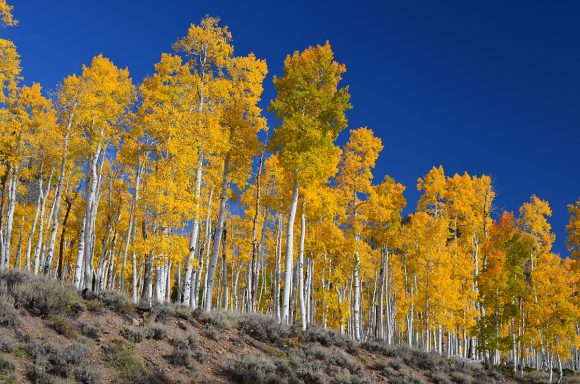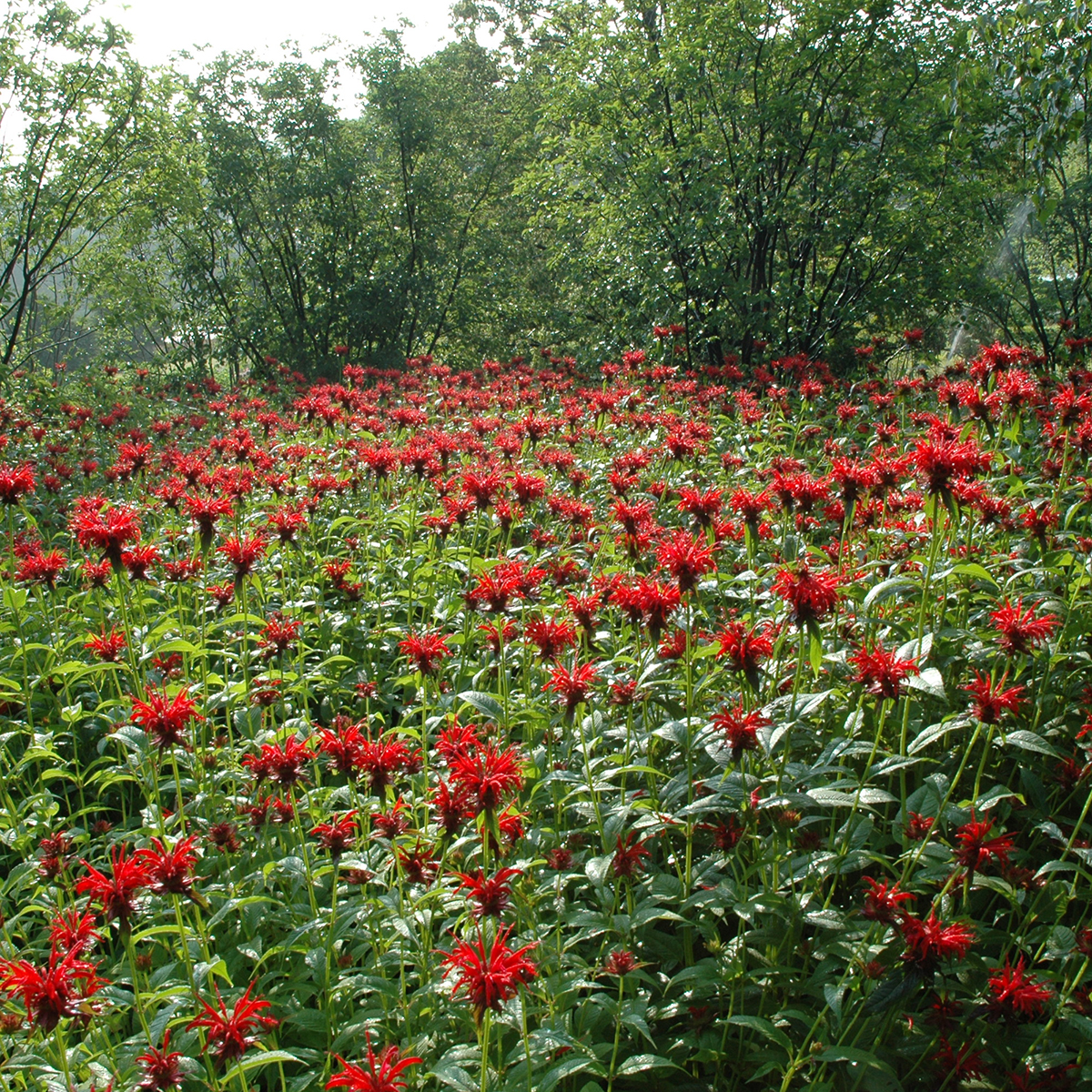Those of us who are Star Wars fans know just how powerful genetic cloning can be.
Obi-Wan Kenobi’s discovery of a secret clone army illustrated the power of advanced cloning technology. That army of genetically identical clone warriors went on to become the face of the epic Clone Wars. Meanwhile, in a galaxy much closer, plants are also equipped with the ability to copy themselves as a form of reproduction. This form of asexual reproduction is very common in the natural world, and just as powerful to an ecosystem as a clone army is to a galaxy.
Clonality is a form of plant growth that results in genetically identical individuals.
Unlike in sexual reproduction, clonal individuals often spread horizontally below ground via unique root systems. Above ground, these plants appear to be distinct individuals, but beneath the soil surface, they remain connected, as clones of the same original plant.

From a plant’s perspective, there are many benefits to clonal growth. For example, in an environment with limited pollinators to facilitate sexual reproduction, it might be better to take matters into your own hands and make a copy of your already awesome self. On the other hand, a vulnerability in one clone (for example, to a fatal fungal outbreak) is just as likely to affect all of the other clones, because they share the same genetic makeup. It is important to note that there are ecological downsides to clonality as well. Many invasive species do well in foreign environments because asexual reproduction enables them to reproduce very quickly. Thus, just as we see in Star Wars, clones can either be a powerful asset or a potent enemy.
 Abbey White is a graduate student working with Andrea Kramer, Ph.D., and Jeremie Fant, Ph.D., developing genetically appropriate seed mixes of vulnerable plant species for restoration.
Abbey White is a graduate student working with Andrea Kramer, Ph.D., and Jeremie Fant, Ph.D., developing genetically appropriate seed mixes of vulnerable plant species for restoration.
Students in the Chicago Botanic Garden and Northwestern University Program in Plant Biology and Conservation were given a challenge: Write a short, clear explanation of a scientific concept that can be easily understood by non-scientists. This post is part of their series.
©2016 Chicago Botanic Garden and my.chicagobotanic.org



